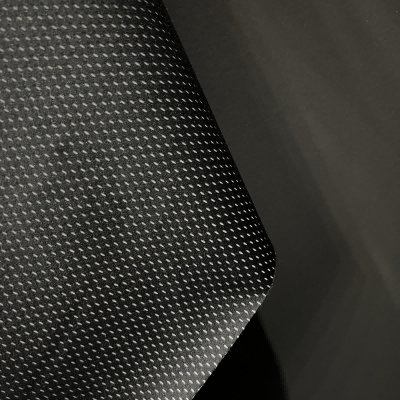blended cloth material
Blended cloth material represents a revolutionary advancement in textile engineering, combining multiple fiber types to create a superior fabric that maximizes the benefits of each component. This innovative material typically incorporates both natural and synthetic fibers, carefully woven together to achieve optimal performance characteristics. The precise blend ratio is determined by the intended use, with common combinations including cotton-polyester, wool-acrylic, and bamboo-spandex mixtures. The manufacturing process involves sophisticated spinning techniques that ensure uniform distribution of fibers, resulting in a fabric that demonstrates enhanced durability, improved comfort, and superior functionality. The material's versatility makes it ideal for various applications, from everyday apparel to specialized industrial uses. The unique composition allows for better moisture management, enhanced breathability, and increased resistance to wear and tear. Additionally, blended cloth materials often feature advanced treatments for specific properties such as wrinkle resistance, UV protection, and antimicrobial qualities. This technological innovation in textile manufacturing has revolutionized the industry by offering solutions that address multiple consumer needs simultaneously while maintaining cost-effectiveness and sustainability.


